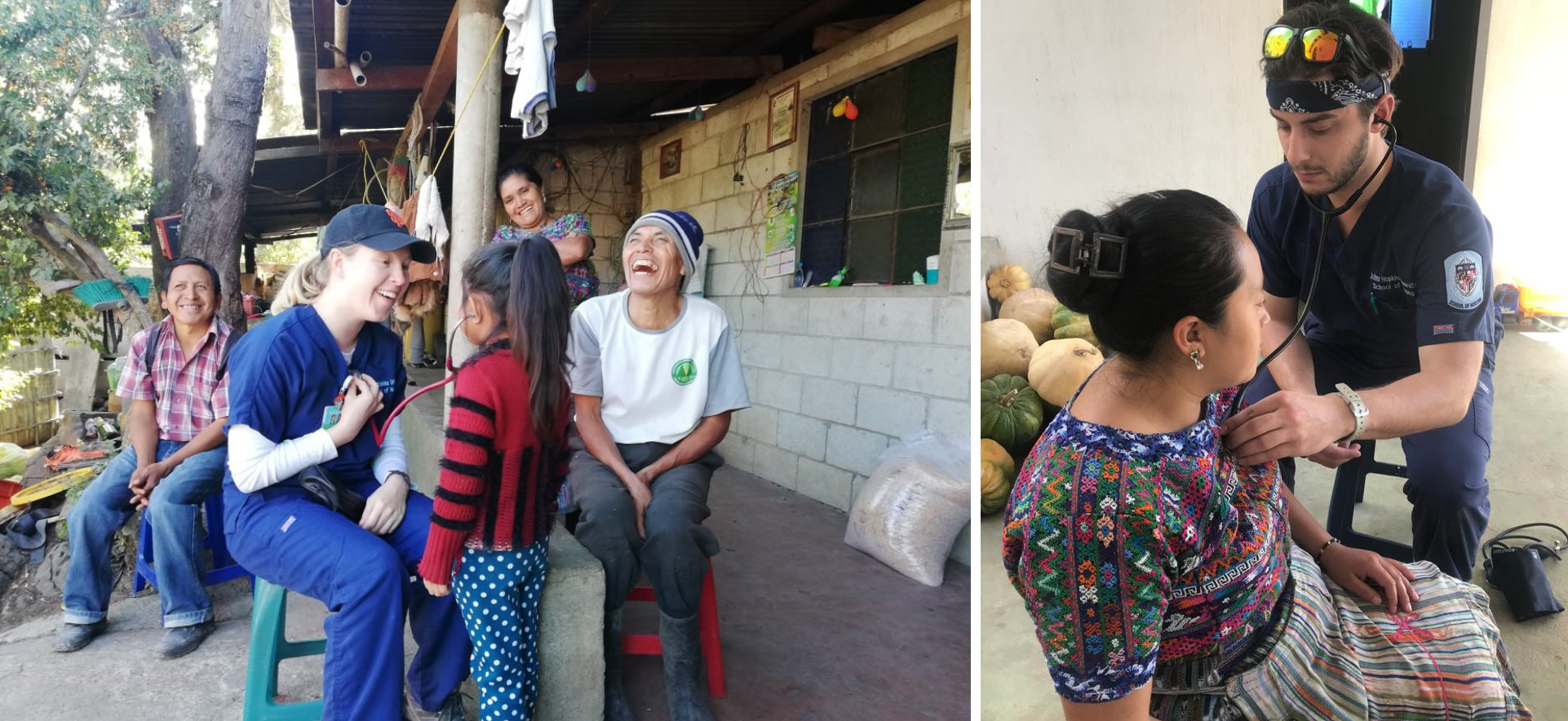Today, thanks to a connection with a fellow guest at Bette Gebrian’s house, we were able to tour the hospital in Jérémie (L’ospital St. Antoine). It was a sobering experience. Much of our work in the community here has been focused on primary care, prevention, and health education; when the issue of hospital care has come up, it has been in the context of how to physically and logistically transport laboring women, cholera patients, and other acute/critical care needs to the hospital in a timely manner. Simply getting to the hospital from the outlying villages, though–hard and often impossible as that may be–is far from the end of the road. The hospital here just isn’t the resource that we know hospitals to be in the United States.
At L’ospital St. Antoine, as at most hospitals in Haiti, patients need to provide all of their own supplies. If you need surgery, you are given a list of materials that you will need to provide: so much gauze, this many pairs of scissors, the following medications, etc. You (or the family member who brought you in) are sent out to purchase these items in town–many of which may not be available at any given time.

We heard a story about one woman who was successfully transported in a van by a local aid organization down from the mountains and to the hospital for an emergency cesarean section. The group was completely prepared with a birth kit containing all of the supplies necessary for her operation. When they arrived, however, they were told that there was no electricity in the hospital because the generator had run out of gas. Someone still had to go out, buy gasoline, and fill the hospital generator before they would treat the woman.
Today, because it is Mardis Gras, many of the hospital employees did not come in, leaving the patients to “fend for themselves.” Organizationally, there is no system for covering lunch hours, holidays, or vacations. The lab was closed and empty, and while there were nurses and other employees there, most of the supervision was gone.

We walked through the pediatric ward, the maternity ward, and the medicine floor as part of our tour. Children and babies lolled on mosquito-net covered cots packed into the spartan rooms. Very little medical equipment was visible; IVs were hung on poles covered with rust spots and a thin layer of chipped paint, and beds were simple cots with the occasional basin nearby. Outside of the hospital, a separate ward had been constructed out of tarpaulins to handle cholera patients.
As we left, a man came up to us with two prescriptions, asking for help. His wife had been a patient there for 22 days, and neither of the ordered medicines–both from over a week ago–had yet to be procured. It was hard to see, and hard to leave.
Clearly, the hospital is not the strongest link the Haitian healthcare system. As hard as it was to see, though, it was integral in understanding the bigger picture of healthcare in Haiti.


 Birth Companions Talk Doulas and Maternal Health with Mayor Brandon Scott
Birth Companions Talk Doulas and Maternal Health with Mayor Brandon Scott Global Service Learning: Guatemala
Global Service Learning: Guatemala Guatemala Re-visited: Rainwater Project Shows Value of Service-learning Trips
Guatemala Re-visited: Rainwater Project Shows Value of Service-learning Trips You’re Welcome
You’re Welcome My First Teachers in Nursing School Weren’t Nurses
My First Teachers in Nursing School Weren’t Nurses






